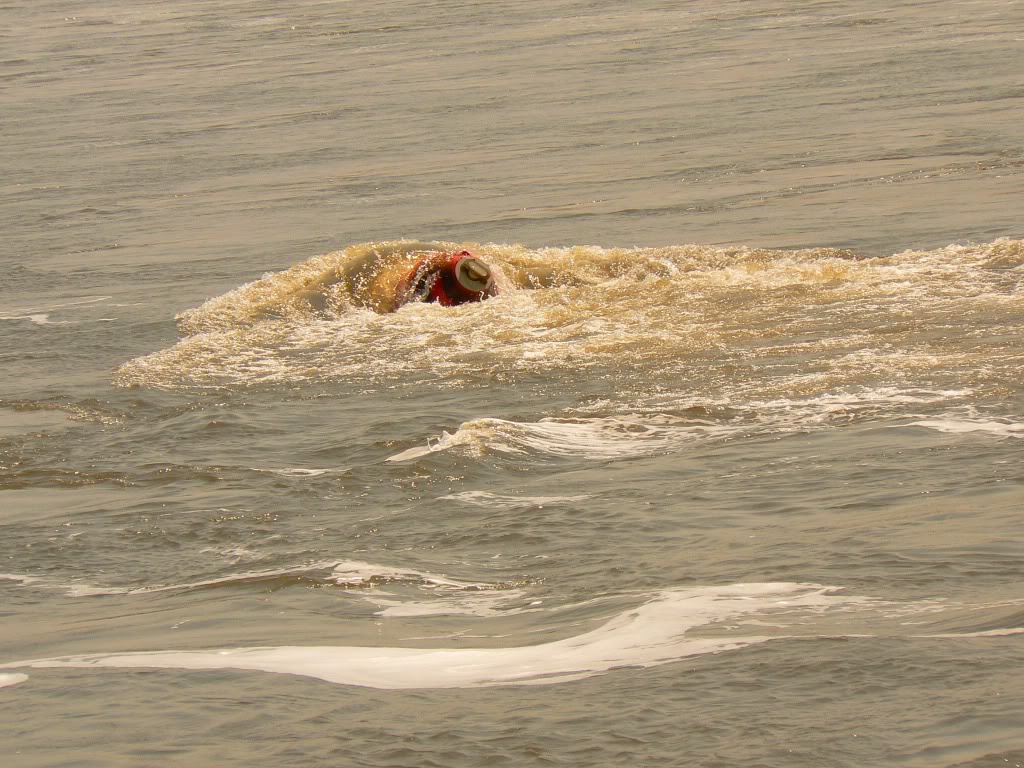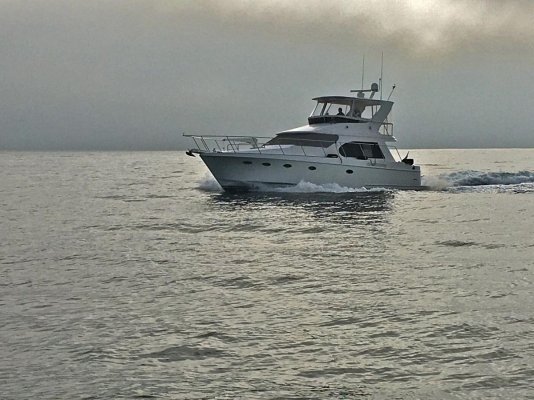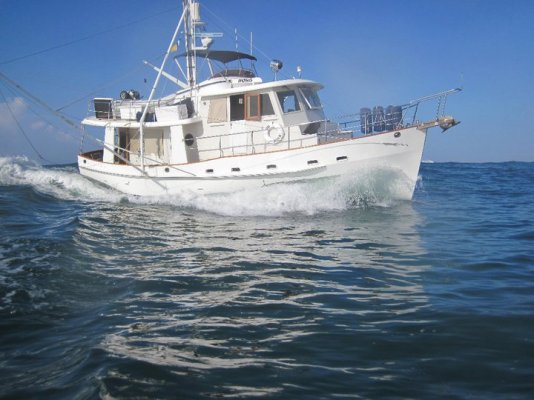A week or so ago there was a thread where a potential trawler buyer was asking about certain variables in trawlers. One of those had to do with cruising speeds that were higher than hull speeds. I made a pitch that at times higher speeds were nice to have.
I don't know if that poster was boating where he might have to cross a bar from time to time, that topic never came up. For those of us who may have to cross a bar or who do on a regular basis, here's a video to consider. We've all seen vids where boats were thrashed about by the waves in a bar.
In this video I think one factor in how well the skipper and boat did was that he had the power to do what he needed to do when he needed to do it. Had he been underpowered this might have been a much different video.
I don't know if that poster was boating where he might have to cross a bar from time to time, that topic never came up. For those of us who may have to cross a bar or who do on a regular basis, here's a video to consider. We've all seen vids where boats were thrashed about by the waves in a bar.
In this video I think one factor in how well the skipper and boat did was that he had the power to do what he needed to do when he needed to do it. Had he been underpowered this might have been a much different video.





